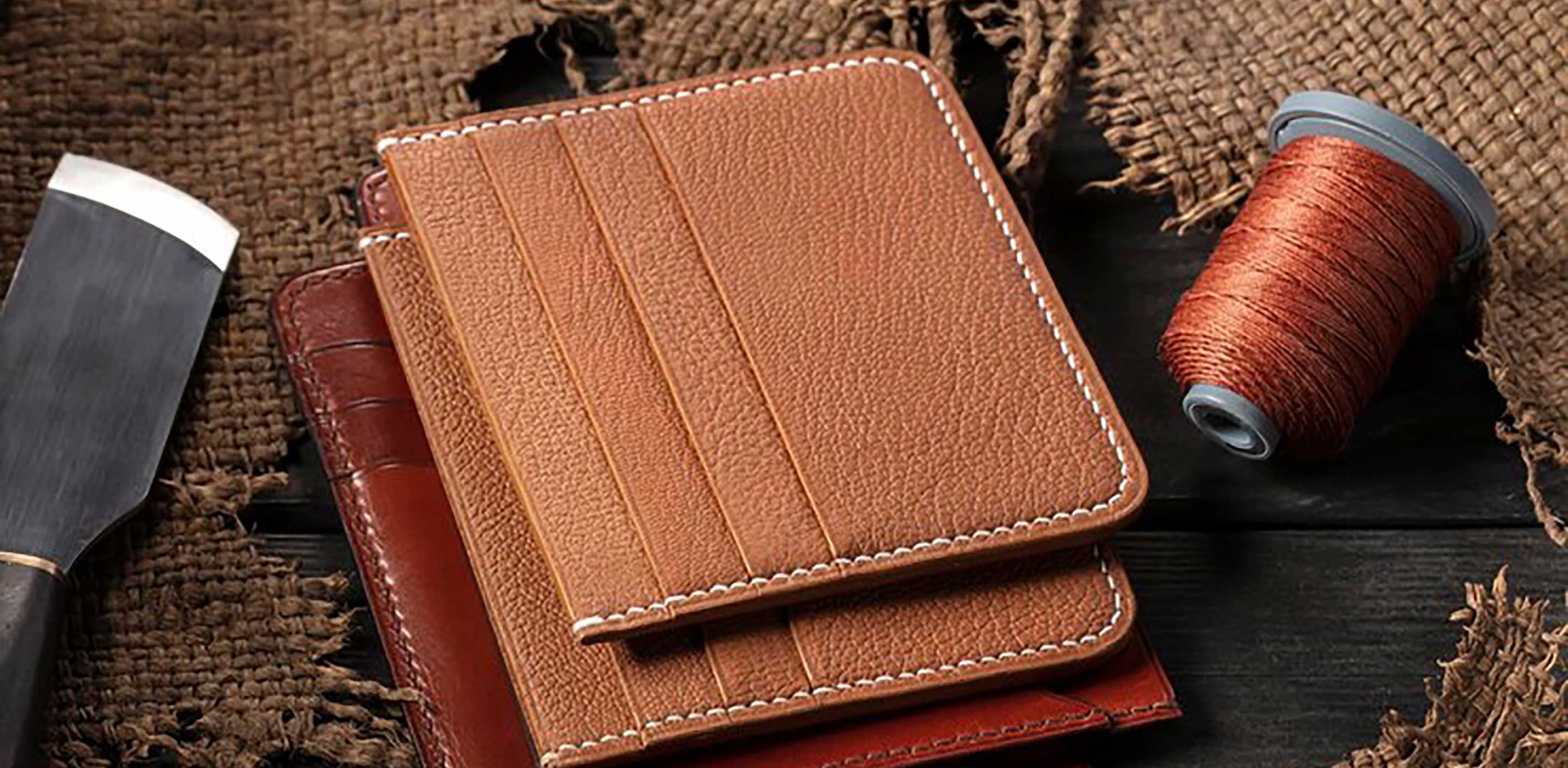What's Cross-Grain Leather? Unraveling Its Durability and Style

Cross-grain leather, while not as commonly referenced as full-grain or top-grain leather, is a significant material in the leather industry, known for its unique processing technique and durability. This type of leather involves a distinct method of cutting and processing, which affects its texture, appearance, and overall utility.
Cross-grain leather refers to leather that has been cut or processed in a way that the grain runs perpendicular to the spine of the hide, rather than parallel. This method can alter the leather's natural grain pattern, offering a different texture and flexibility compared to traditional cuts.
History and Legacy
The use of cross-grain leather spans several decades, primarily driven by the quest for durability and efficient use of hides. It emerged as a solution to utilize smaller pieces of leather or those parts of the hide with imperfections, ensuring minimal waste in leather production.
How Is It Made?
Cross-grain leather begins with the selection of suitable hides, often those that might not meet the criteria for premium full-grain or top-grain products. The distinctive feature of cross-grain leather is its cutting process. The leather is sliced in a manner that the grain runs across the width of the hide, contrasting the typical parallel cut. After cutting, the leather undergoes standard tanning, dyeing, and finishing processes. These may include mineral or vegetable tanning and the application of finishes to enhance durability, color, and resistance to wear.
How To Identify?
The grain of cross-grain leather may appear more uniform or altered compared to natural leather patterns. It might feel slightly different in texture, with a distinct flexibility due to the orientation of the fibers. Cross-grain leather can exhibit unique flexibility characteristics, often more pliable across its width.
Characteristics and Qualities
The cross-grain cut can enhance the leather's resistance to stretching and deformation. Suitable for various applications, cross-grain leather is adaptable to different uses, from fashion to upholstery. While offering a different look from traditional leather grains, it maintains an attractive appearance that can be dyed and finished in numerous ways.
Cross-grain leather stands out for its efficient use of materials and its unique properties. It offers a durable and versatile alternative for those seeking a distinctive look or requiring leather with specific performance characteristics.
Uses
- Fashion Accessories: Bags, wallets, and belts benefit from its durability and unique texture.
- Footwear: Shoes and boots utilize cross-grain leather for its flexibility and wear resistance.
- Upholstery: Furniture and automotive interiors appreciate its strength and adaptability.
Advantages
- Durability: One of the most significant benefits of cross-grain leather is its enhanced durability. The cross-hatch pattern reinforces the leather, making it resistant to stretching, tearing, and distortion. This makes it ideal for items that are subjected to regular use and wear.
- Unique Aesthetic: The textured appearance of cross-grain leather is visually distinctive. This unique aesthetic adds character and depth to products, setting them apart from items made with smoother leather finishes.
- Maintenance: Cross-grain leather is relatively easy to maintain compared to other types of leather. Its surface is less prone to absorbing spills and stains, making it a practical choice for everyday items.
Disadvantages
- Cost: The additional processing required to create the cross-grain effect can result in a higher cost for the end products. This might make cross-grain leather goods less accessible to budget-conscious consumers.
- Flexibility: While cross-grain leather is durable, the process it undergoes can affect its flexibility. Products made from cross-grain leather may feel stiffer initially compared to those made from softer leather.
- Natural Qualities: The treatment process that creates the cross-grain pattern may diminish some of the natural qualities and textures of the leather, which might be less appealing to purists who prefer the untouched look and feel of traditional leather.
Care and Maintenance
- Regular Cleaning: Dust and lightly clean the surface with a soft, dry cloth. For spills or stains, gently wipe with a damp cloth and mild soap, then allow it to air dry away from direct heat sources.
- Conditioning: Use a suitable leather conditioner sparingly to avoid oversaturating the leather. Conditioning helps maintain the suppleness of the leather and prevents it from drying out and cracking over time.
- Avoid Direct Sunlight and Heat: Prolonged exposure to sunlight and heat can cause the leather to fade and deteriorate. Store cross-grain leather items in a cool, dry place when not in use.
- Protection from Moisture: While cross-grain leather is more resistant to spills than other types of leather, it's still important to protect it from excessive moisture. If an item gets wet, dry it naturally without applying direct heat.
- Care: For deep cleaning or restoration, consider consulting a professional leather specialist. They can offer services tailored to the specific needs of cross-grain leather, ensuring that it remains in excellent condition.
In summary, cross-grain leather represents a sophisticated choice for those seeking durability without sacrificing style. Its unique manufacturing process not only enhances the material's strength but also contributes to its distinct appearance, making it a favored option for a variety of high-quality leather goods. With proper care and maintenance, cross-grain leather products can offer years of use, aging gracefully and acquiring character over time.


